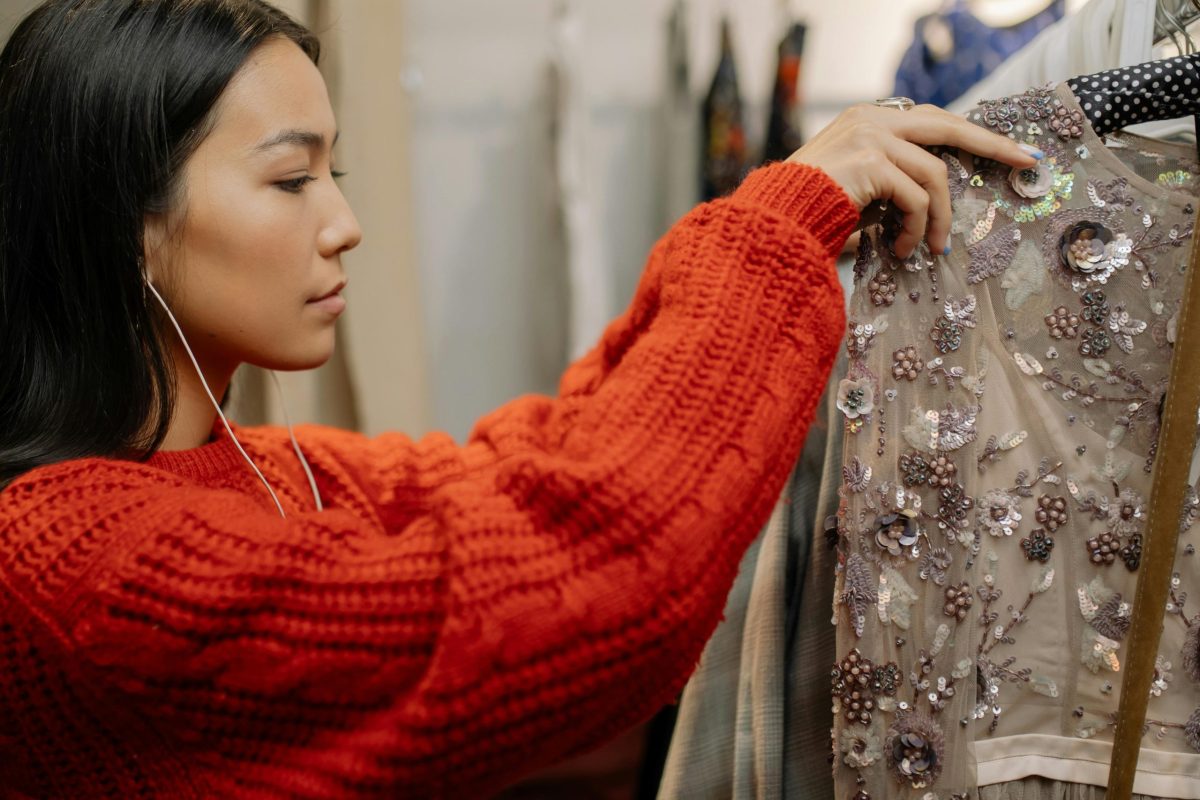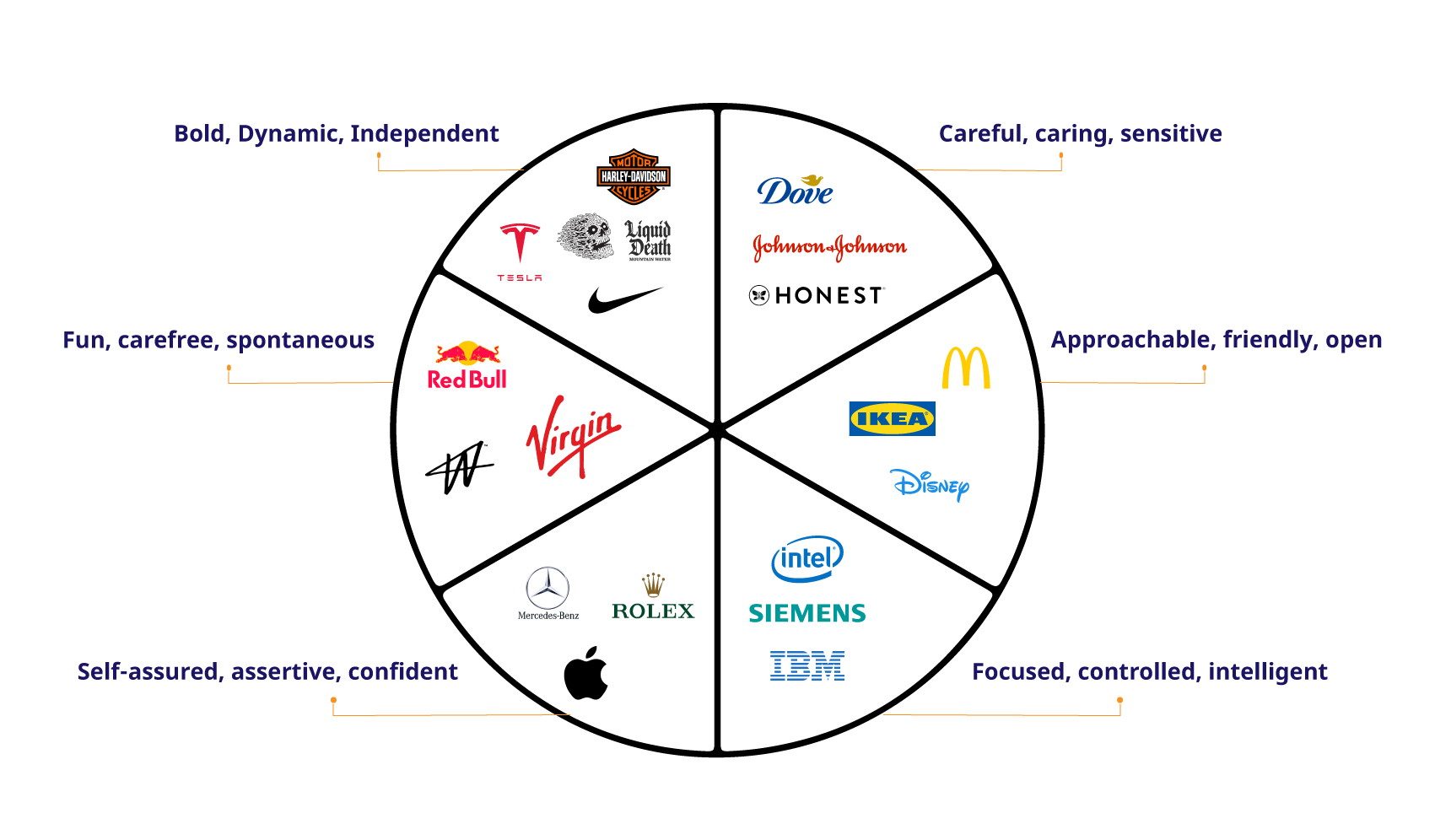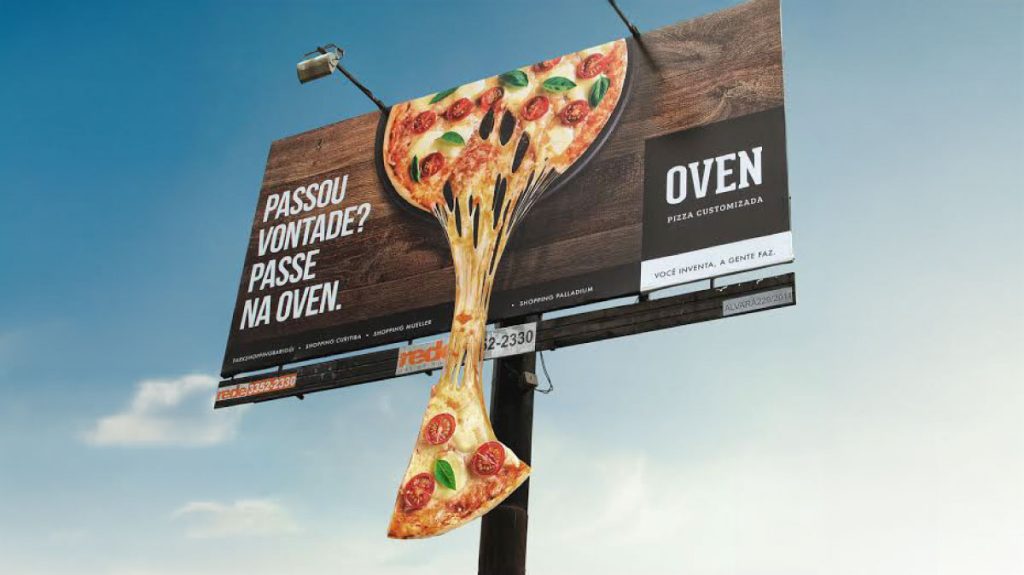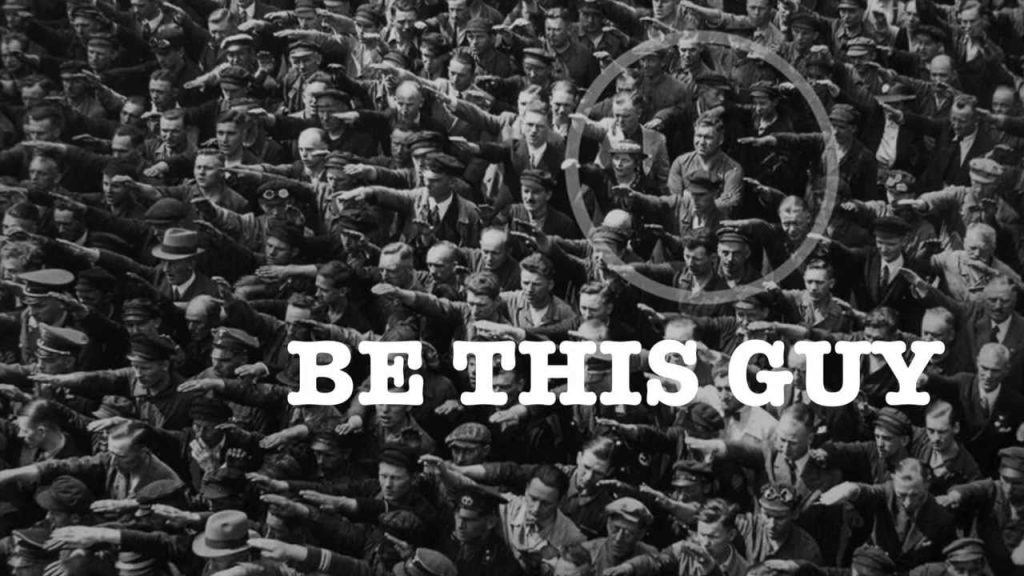We Shop with Emotion First, Then Justify It

Something I find amusing is listening to people justify large purchases. They don’t need a good reason, often any reason will do. If they truly want something, they look for any excuse to buy it. You’ll often hear:
- “I never treat myself.”
- “This will actually go up in value.”
- “This marks a special achievement or milestone in my life.”
- “It’s not that much if you think about how much I’ll use it.”
- “Look at the craftsmanship and quality.”
- “You only live once so you may as well enjoy it.”
- “This will be in our family for generations.”
- “You can’t take your money with you when you’re gone, so you may as well spend it.”
- “I make good money, I should be able to have nice things.”
- “I always wanted this as a kid, and all the other kids had one.”
This is happening because often we shop with emotion or feeling first, then look for justification
Types of Customer Touchpoints

Importance of Customer Touchpoints
You may have heard, ‘People don’t buy products, they join tribes.’ This is mostly true, which we’ve written about in great detail.
Branding is often misunderstood. It’s more than just your product, your colours, your logo, it’s what the logo stands for. A shirt is just a shirt until you put a swoosh on it, then it becomes something more. If you put three stripes on it instead, it becomes something else.
Branding is like making deposits in a bank. Each small touchpoint—be it a social media post, a logo, a customer interaction, or a product experience—adds value over time. Just as individual deposits accumulate to create substantial savings, consistent and positive brand interactions build trust and recognition.
This cumulative effect eventually reaches a tipping point, where the customer feels confident and compelled to take action, whether it’s making a purchase, recommending your brand, or engaging more deeply with your content. Every touchpoint is an investment in the relationship with your audience, paving the way for meaningful engagement and loyalty.
When was the last time you made a purchase that was purely logical, driven solely by rational analysis?
The truth is, our buying decisions are rarely that straightforward. More often than not, our shopping habits are guided by emotions and feelings first, and then we seek to justify these choices with logic and reason. Understanding this dynamic can transform how we approach marketing, branding, and sales.
The Emotional Brain
At the heart of our decision-making process is the limbic system, often referred to as the “emotional brain.” This part of the brain is responsible for our feelings, memories, and subconscious desires. It plays a crucial role in influencing our behaviors, including our purchasing decisions. When we encounter a product or service, our emotional brain reacts first, triggering feelings of desire, excitement, or even nostalgia.
The Role of Feelings in Shopping
Imagine walking into a store and spotting a luxurious leather handbag. Your initial reaction is likely an emotional one: the texture, the smell, the craftsmanship – all these elements create a sense of desire. You envision how the bag will complement your wardrobe, how it will make you feel more confident and stylish. At this moment, you’re not thinking about the price tag or the practicality; you’re driven by emotion.
Justification with Logic
Once the emotional connection is made, our rational brain steps in to justify the purchase. We start asking ourselves questions like, “Do I really need this?” or “Can I afford this?” This is where features, benefits, and price come into play. We seek to rationalize our emotional impulse by looking for logical reasons to support our decision. For instance, we might justify the handbag purchase by convincing ourselves it’s an investment piece or that it’s on sale, making it a smart buy.
Marketing to Emotions
Marketers who understand this emotional-first approach can craft more effective strategies. Here are a few tips to leverage this insight:
Tell a Story: Use storytelling to create an emotional connection with your audience. Highlight how your product or service fits into their lives and enhances their experiences.
Appeal to Aspirations: Tap into your customers’ aspirations and desires. Show them how your offering can help them achieve their goals or improve their lifestyle.
Create a Sense of Belonging: Foster a sense of community around your brand. People are emotionally driven to belong and will gravitate toward brands that make them feel part of something bigger.
Use Visuals: High-quality visuals can evoke strong emotions. Invest in photography and design that highlights the emotional aspects of your product.
Leverage Social Proof: Testimonials, reviews, and user-generated content can provide the logical justification consumers need. Seeing others’ positive experiences can validate their emotional impulse to purchase.
Continue reading:
If You’re Not Disrupting, You’re Standing Still
Case Studies: Emotional Marketing in Action
Apple
Apple is a master at appealing to emotions. Their marketing campaigns focus on the lifestyle and identity of their users rather than just the technical specifications of their products. They create a sense of aspiration and community, making customers feel like they are part of an exclusive group.
Nike
Nike’s “Just Do It” campaign is another excellent example. It taps into the emotional drive to overcome challenges and achieve greatness. The logical justification comes from the high-quality performance gear they offer, but the initial attraction is all about the emotional connection to the brand’s ethos.
Conclusion
Understanding that we shop with emotion first and justify it later can revolutionize how we approach our marketing efforts. By focusing on creating an emotional connection with your audience, you can drive more meaningful engagements and ultimately, more sales. Remember, it’s not just about selling a product; it’s about selling an experience, a feeling, and a connection.
By tapping into the emotional aspects of consumer behavior, brands can create lasting impressions and build loyal customer bases. So next time you craft a marketing campaign, think about the emotions you want to evoke and how you can help your customers justify their decisions. It’s the key to unlocking the true potential of your brand.
- Related post: The T-Shirt Theory of Branding
- Related post: The Power of Branding: John’s Family Premium Organic Garlic
- Related post: Why You Don’t Want to Run a Business that Relies Solely on Ads


Continue reading: What’s the ROI of a Billboard
Related Posts
Need help with your marketing activities?
If you’re looking to make a move with your marketing, reach out to us. We are priced fairly, we’re straight shooters, and are the very best at what we do.









